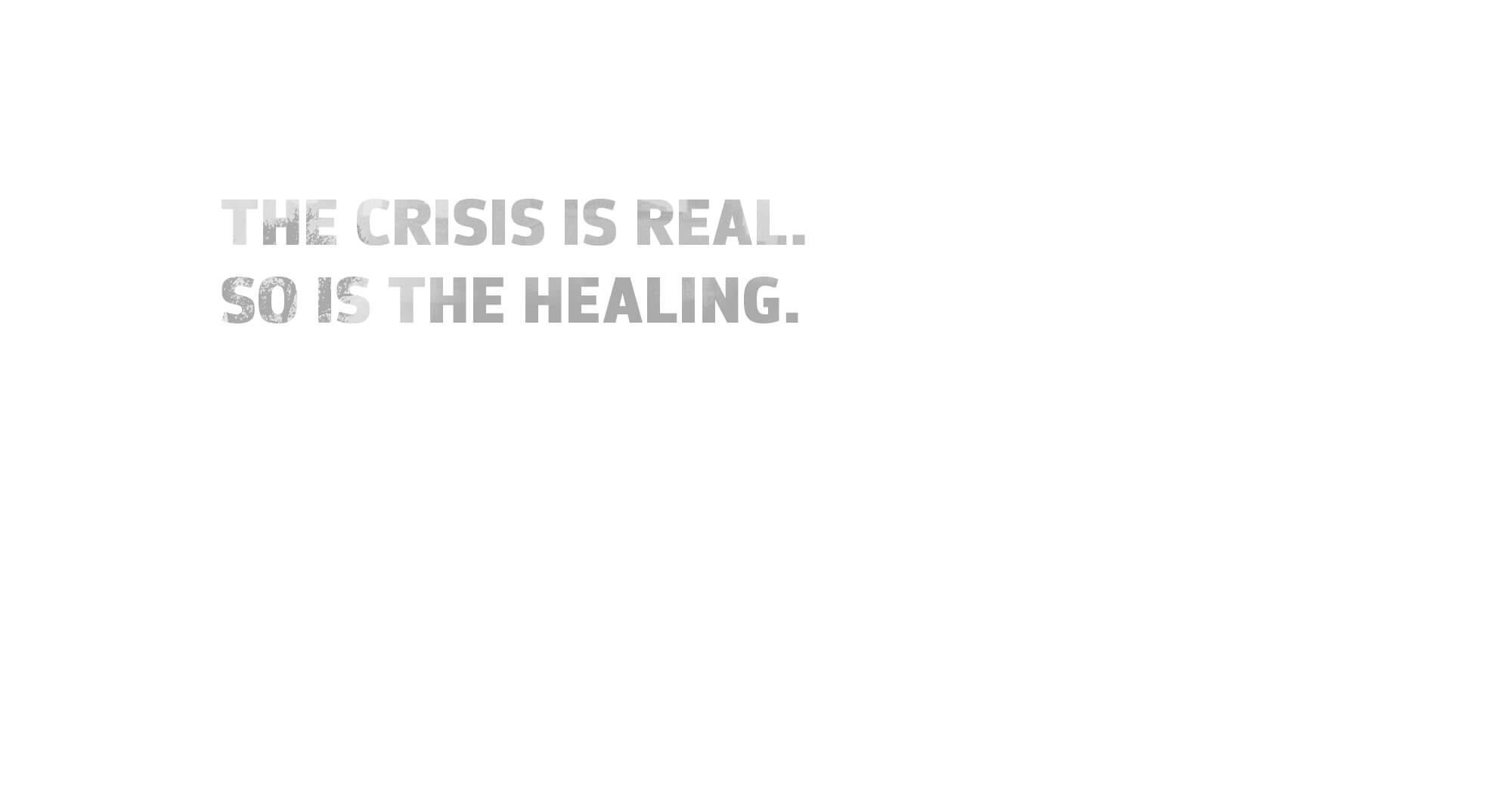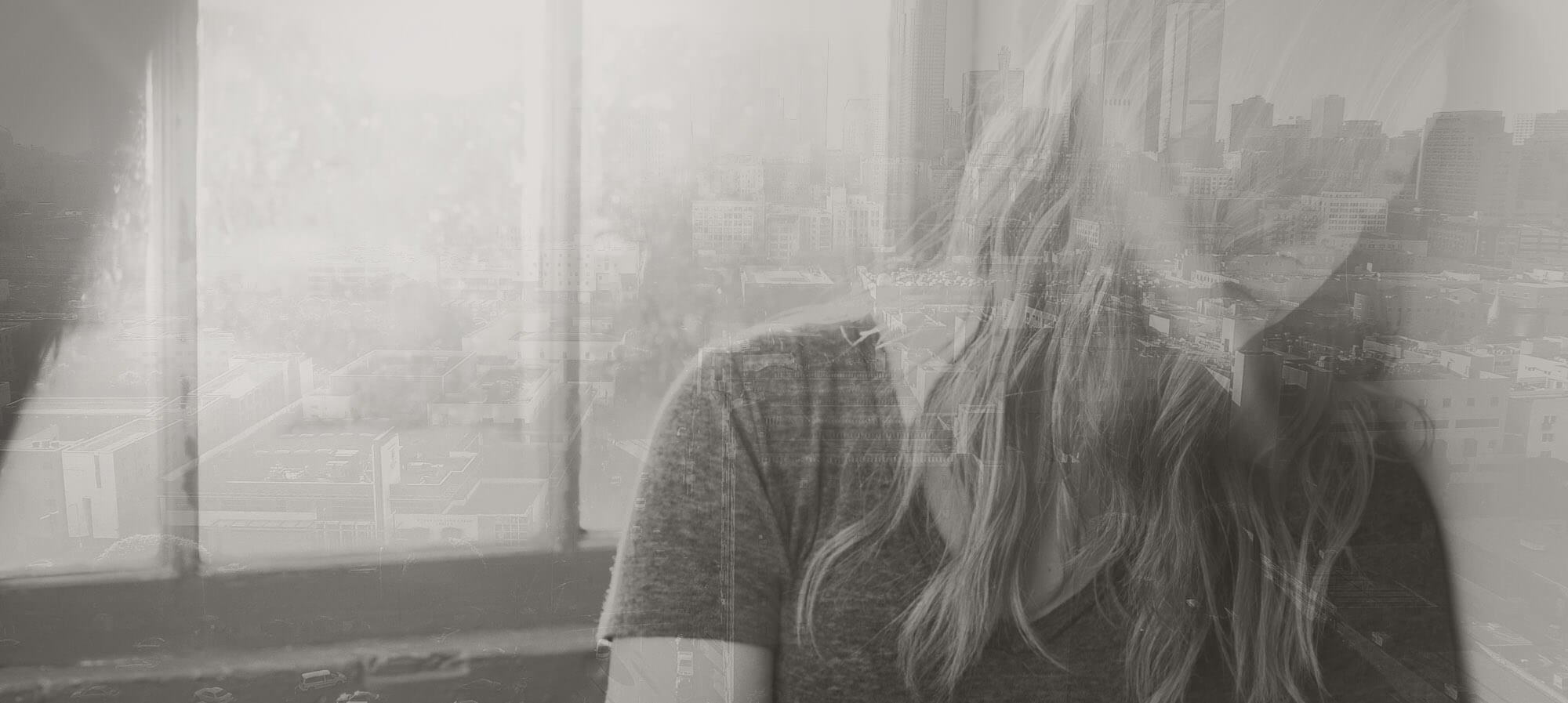[fusion_builder_container hundred_percent=”yes” overflow=”visible”][fusion_builder_row][fusion_builder_column type=”1_1″ background_position=”left top” background_color=”” border_size=”” border_color=”” border_style=”solid” spacing=”yes” background_image=”” background_repeat=”no-repeat” padding=”” margin_top=”0px” margin_bottom=”0px” class=”” id=”” animation_type=”” animation_speed=”0.3″ animation_direction=”left” hide_on_mobile=”no” center_content=”no” min_height=”none”][fusion_title size=”2″]Existing Laws — Nepal[/fusion_title]
Trafficking
Nepal and Bangladesh are the main source countries in south Asia for trafficked children. (Masako Iijima, “S. Asia urged to unite against child prostitution,” Reuters, 19 June 1998)
The trafficking of girls from Nepal into India for the purpose of prostitution is probably the busiest ‘slave traffic’ of its kind anywhere in the world. (Tim McGirk, “Nepal’s Lost Daughters, ‘India’s soiled goods,” Nepal/India: News, 27 January 1997)
In Nepal, trafficking has become a highly profitable business, with high profile political connections. Nepali, Bangaldeshi and Pakistani women are trafficked to India, and through India they are trafficked to Eastern Europe and Saudi Arabia. (Interview with Meena Oudel, Programme Coordinator of Oxfam Nepal, 18 March 1998)
More than 9,000 girls are trafficked each year from Nepal and Bangladesh into bondage in India and Pakistan, often with the acquiescence or cooperation of state officials. (http://www.amnesty.org.uk/news/press/releases/22_april_1998-0.shtml, 22 April 1998)
Every year around 10,000 Nepalese girls, most between the age of nine and 16, are sold to brothels in India. (Tim McGirk, “Nepal’s Lost Daughters, India’s soiled goods,” Nepal/India:News, 27 January 1997)
7,000 Nepalese women and girls are trafficked for prostitution to the Asia Pacific area. (Statement of the CATW – Asia Pacific and Philippine Women’s Groups, 4th International Congress on AIDS in the Asia Pacific, 29 October 1997)
5,000 Nepalese women are trafficked into India yearly. There are now 100,000 Nepalese women in India in prostitution. (CATW – Asia Pacific, Trafficking in Women and Prostitution in the Asia Pacific)
More than 200,000 Nepalese girls are involved in the Indian sex trade. (Tim McGirk “Nepal’s Lost Daughters, ‘India’s soiled goods,” Nepal/India News, 27 January 1997)
Nepalese women who are trafficked and prostituted in debt bondage in India’s sex industry are forced to work longer hours and have more clients than local women. (CATW – Asia Pacific, Trafficking in Women and Prostitution in the Asia Pacific)
Hong Kong is the second biggest market for trafficked Nepalese women. (CATW – Asia Pacific, Trafficking in Women and Prostitution in the Asia Pacific)
Methods and Techniques of Traffickers
In Nepal, India, Bangladesh and Sri Lanka child marriage is accepted, and considered the best method to procure girls for prostitution. (Indrani Sinha, SANLAAP India, “Paper on Globalization & Human Rights”)
Parents sell their daughters and husbands get rid of their young unwanted wives for US$200 to $600. Depending on her beauty, a girl can fetch anywhere from less than a water buffalo, to slightly more than a video recorder. Organizers in rural areas, brokers and even family members sell girls. Husbands sometimes sell their wives to brothels. (Tim McGirk, “Nepal’s Lost Daughters, ‘India’s soiled goods,”Nepal/India News, 27 January 1997)
In Nepal, there is a system, called “deukis,” where by rich childless families buy girls from poor rural families and offer them to the temples as though they were their own. These girls are forced into prostitution. In 1992, 17,000 girls were given as deukis. (Radhika Coomaraswamy, UN Special Report on Violence Against Women, Gustavo Capdevila, IPS, 2 April 1997)
Every year between 5,000 and 7,000 Nepalese girls are trafficked into the red light districts in Indian cities. Many of the girls are barely 9 or 10 years old. 200,000 to over 250,000 Nepalese women and girls are already in Indian brothels. The girls are sold by poor parents, tricked into fraudulent marriages, or promised employment in towns only to find themselves in Hindustan’s brothels. They’re locked up for days, starved, beaten, and burned with cigarettes until they learn how to service up to 25 clients a day. Some girls go through ‘training’ before being initiated into prostitution, which can include constant exposure to pornographic films, tutorials in how to ‘please’ customers, repeated rapes. (Soma Wadhwa, “For sale childhood,” Outlook, 1998)
Trafficking in women and girls is easy along the 1,740 mile-long open border between India and Nepal. Trafficking in Nepalese women and girls is less risky than smuggling narcotics and electronic equipment into India. Traffickers ferry large groups of girls at a time without the hassle of paperwork or threats of police checks. The procurer-pimp-police network makes the process even smoother. Bought for as little as Rs (Nepalese) 1,000, girls have been known to fetch up to Rs 30,000 in later transactions. Police are paid by brothel owners to ignore the situation. Girls may not leave the brothels until they have repaid their debt, at which time they are sick, with HIV and/or tuberculosis, and often have children of their own. (Soma Wadhwa, “For sale childhood,” Outlook, 1998)
The areas used by traffickers to procure women and girls are the isolated districts of Sindhupalchow, Makwanpur, Dhading and Khavre, Nepal where the population is largely illiterate. (Soma Wadhwa, “For sale childhood,” Outlook, 1998)
Health and Well-Being
Nepalese girls, trafficked and sold into prostitution in India, are abandoned when they become infected with HIV. (Robert Hardman, “Prince brings hope to Nepals rescued sex slaves,” London Telegraph, 9 February 1998)
Of the 218 Nepalese girls rescued in February 1996 from a Bombay police raid, 60-70% of them were HIV positive. (Tim McGirk “Nepal’s Lost Daughters, ‘India’s soiled goods,”Nepal/India News, 27 January 1997)
NGO Action
The exploitation of Nepalese women and girls may never end. “[/fusion_builder_column][fusion_builder_column type=”1_1″ background_position=”left top” background_color=”” border_size=”” border_color=”” border_style=”solid” spacing=”yes” background_image=”” background_repeat=”no-repeat” padding=”” margin_top=”0px” margin_bottom=”0px” class=”” id=”” animation_type=”” animation_speed=”0.3″ animation_direction=”left” hide_on_mobile=”no” center_content=”no” min_height=”none”][F]or some there is too much easy money in it, for others there’s nothing to be gained by lobbying for its abolition. But surely, for now, it can be monitored. Its magnitude can be lessened,” says Durga Ghimire, chairperson of a 98-NGO-strong pressure group National Network Groups Against Trafficking. She feels that the alarmingly low rates of female literacy, coupled with the traditionally low status of the girl-child in Nepal have to be addressed to tackle the problem. Gauri Pradhan of Child Workers in Nepal Concerned Centre (CWIN) emphasizes the need for collaboration by the two governments on this issue. (Soma Wadhwa, “For sale childhood,” Outlook, 1998)
There are several shelters run by various Katmandu-based NGOs working against trafficking and towards rehabilitation of girls who manage to escape or are rescued from Indian brothels. This is not easy work. Relatives of the rescued girls generally don’t want them back and Nepal’s government is worried about the spread of HIV, as many of the trafficked girls have contracted HIV while enslaved in India. (Soma Wadhwa, “For sale childhood,” Outlook, 1998)
“The Selling of Innocents” is an Emmy-award winning documentary that tells the stories of trafficked Nepalese children and the filmmaker, Ruchira Gupta, says elimination of sexual exploitation is perhaps the only way to end this human rights violation. “It’s a long haul, we’ve to change and challenge society. The trafficking and the trade are getting institutionalised, it’s a modern form of sexual slavery,” she warns. (Soma Wadhwa, “For sale childhood,” Outlook, 1998)
Official Response and Action
139 prostituted Nepalese girls were rescued through a police raid in Kamatipura, India and were then repatriated to Katmandu. (Soma Wadhwa, “For sale childhood,” Outlook, 1998)[/fusion_builder_column][/fusion_builder_row][/fusion_builder_container]






